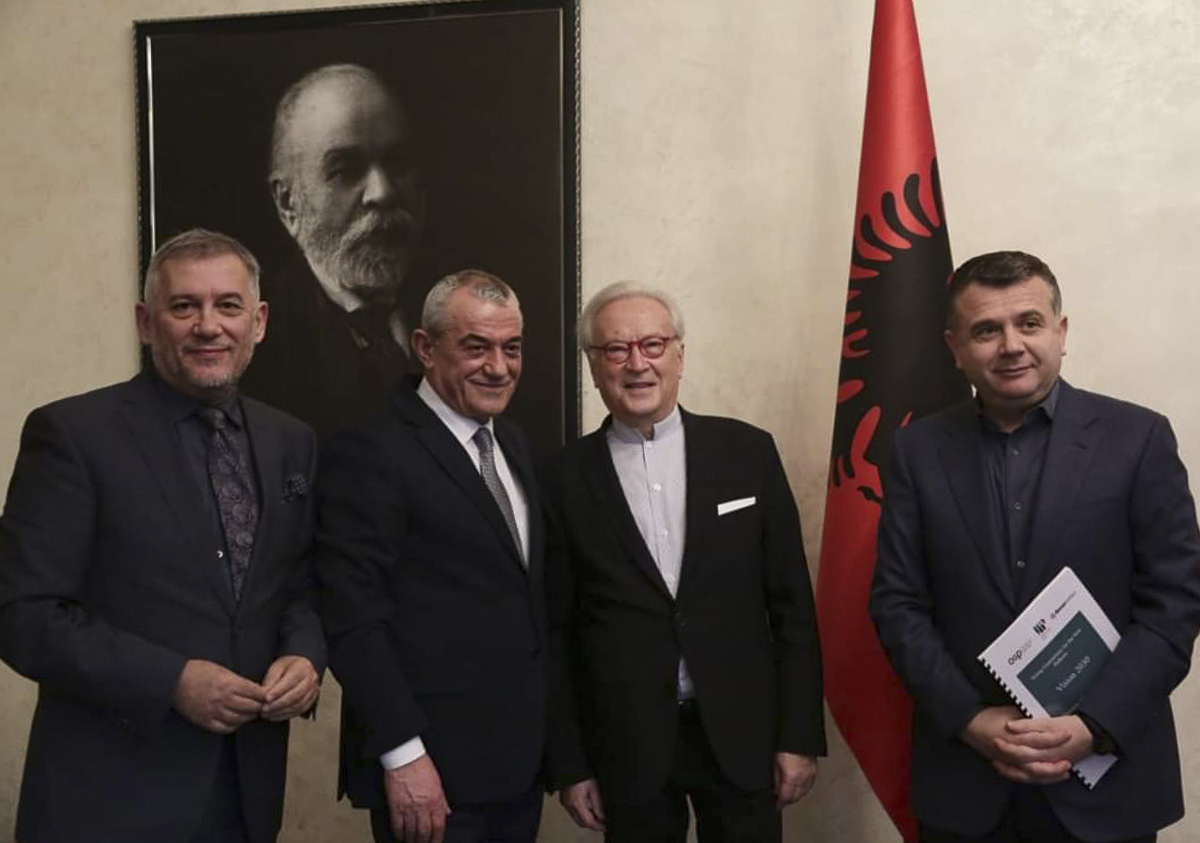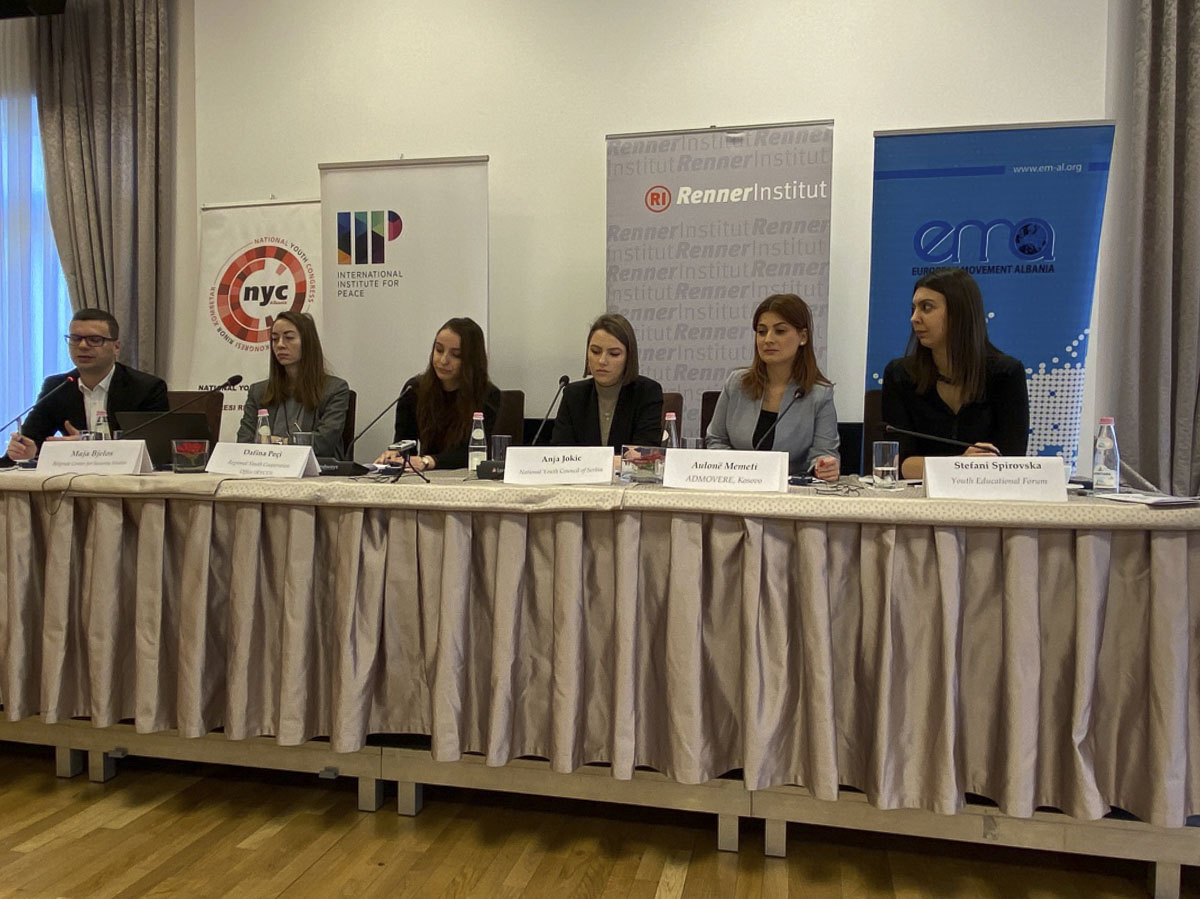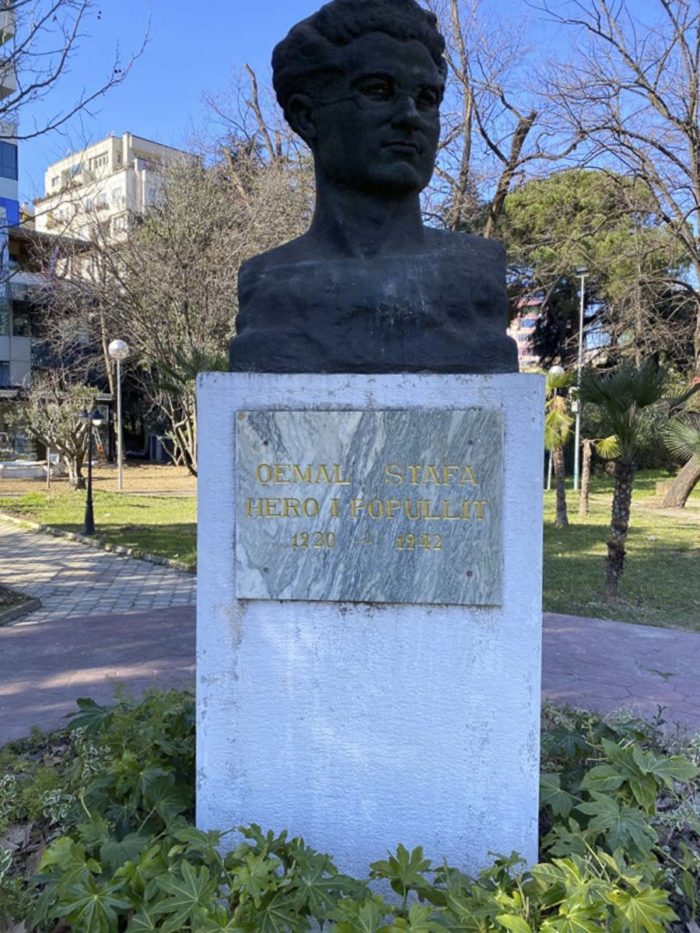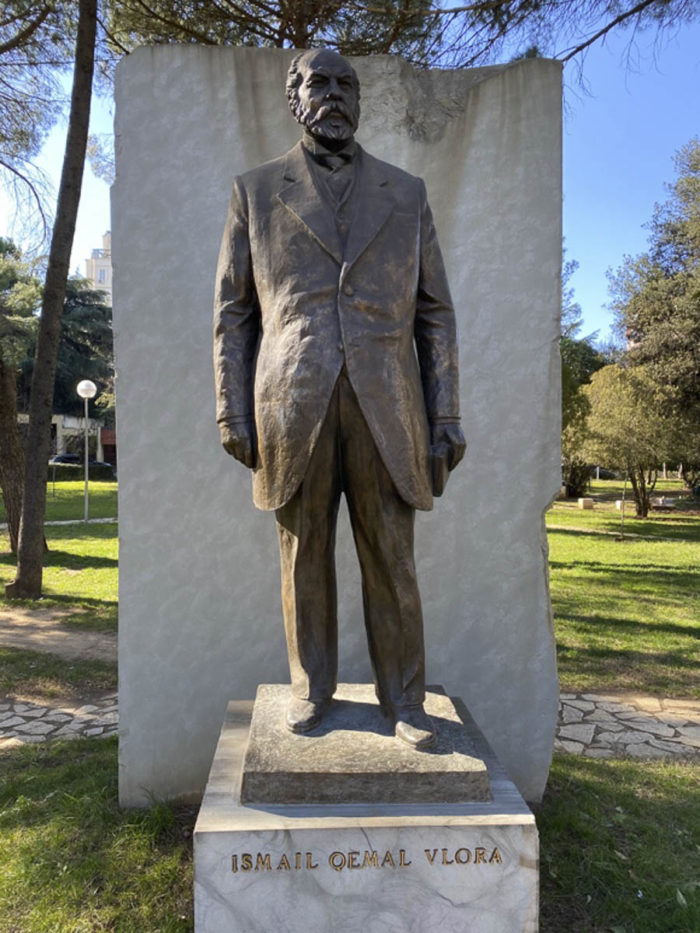Tirana 2020 – some personal remarks.
In the framework of an event dedicated to the “Vision 2030“ project elaborated by the “Young Generations for the New Balkans” with the support of IIP and others, I could visit again Tirana, the capital of Albania. It was at the beginning of the nineties that I have been the first time in Tirana. Albania just started to transform itself from a backward Communist dictatorship into a capitalist democracy. As with all the countries which try to manage a fundamental transition the expectations are too high – especially concerning the timeframe and the speed of the transformation. Old habits and new retarding forces prevent a quick and thorough transformation.
The first time I was in Tirana I was still member of the Vienna city and regional government responsible for urban development and city planning. Tirana’s mayor wanted help and support for designing new instruments and patterns for the development of Tirana. But the fundamental change only came when Edi Rama with his artistic knowledge and feeling became mayor. He transformed the city fundamentally and not only by forcing house owners to paint their objects in bright colors. Maybe some of the invited investors did expect a stronger expansion than could be realized. That resulted in some over-investment. But nevertheless the city developed enormously and with quality – with the exception of the ”development” along the road leading from the airport to the city. Here we find the same ugliness and chaos as in many other cities – not only on the Balkans.
Strolling through the park opposite of the hotel “Rogner” in the few minutes after the main event and before leaving again to the airport I recognized two monuments which were symbolic for the fate of Albania and the Albanians. First, I want to mention the monument of Ismail Qemal Vlora. His photo can be seen often, and it was also the background of a picture taken at the visit of the President of the Albanian Parliament.
Ismail Qemal was the father of Albanian independence and the first prime-minister from 1912 to 1914. He graduated from the Ottoman law school in Istanbul and started his career as an Ottoman civil servant. Amidst many functions he was also Governor of Beirut. First, he tried to find a political solution for Albania inside the Ottoman Empire, he proposed for example to form a Balkan Confederation with Turkey as political Centre. He, who was married to a Greek lady, had always favored a Greek-Albanian Cooperation, later on for the purpose of a common fight against the Ottomans. He opposed also the Bulgarian, Italian and Austro-Hungarian aspirations until he found an ally in Austria-Hungary against the Serbs. After talks with officials in Vienna he took a boat from Trieste to Durrës in 1912 and on 28th of November this year the “Albanian Declaration of Independence“ ended 500 years of Ottoman rule. But many Albanians could not find their home in the new Albania. The Western powers in their interest in forming a strong alliance against Austria-Hungary “gave” several regions with predominantly Albanian population to neighboring countries, for example Kosovo to Serbia.
The life of Ismail Qemal is of course much more difficult and tumultuous as also the history of Albania in that time – and for many centuries before. Albania was even more than many other countries of the region an object of domination and aspirations of its neighbors and the big powers. Also, today we find a competition of the big powers for influence, but at least no readiness to occupy foreign territory.
Nationalism at that time – as expressed by Ismail Qemal – was progressive as it wanted to get rid of foreign domination and wanted to establish democracy and freedom for its people. But it should not be long before democracy was destroyed and a new liberation movement turned into a cruel dictatorship.
One fighter for a new society of which he became himself victim was Qemal Staffa. His statue is located a few meters away from Ismail Qemal. Qemal Staffa was a co-founder of the Communist group of Shkoder and one of the founding members of the Communist Party of Albania in November 1941. Already in 1942, he was killed by Fascist forces. Several Communists said, that the Communist leader Enver Hoxha betrayed him and gave relevant information to the Italians. This is not proofed, but it is interesting that his fiancée and his brothers and sisters have been imprisoned and persecuted by the same regime, which glorified Qemal Staffa and named many places, squares and schools after him. Here we find a parallel to the Soviet regime. From Stalin it is widely accepted that he killed a young and much liked Leningrad leader, Sergej Kirov, who could be a rival and was feared challenging his power. As he mourned prominently Kirow’s death at his burial, he was glorifying him on the one hand and at the same time he used his death as a pretext to escalate the system of repression.
What you can find as well near these two monuments are the remnants of the bunkers which were spread all around the country to “defend” Albania against all its enemies. These enemies were first friends and became according to the opinion of Enver Hoxha traitors and dangerous enemies: Yugoslavia, Soviet Union and China – one after the other. It was for the democratic forces after the break down of the Communist regime an enormous burden to get rid of these bunkers.

A country and its society which has such a historical background cannot overnight overcome these disturbances and wounds. In all my contacts with the leaders of the different parties I could realize these influences of the past. Cooperation was not on their agenda. This is especially true for the conflicts between Socialists and the (conservative) Democratic Party (DP). It’s long term leaders Sali Berisha for the DP and Edi Rama for the Socialists had a particularly bad relationship. Also, during the recent visit, some Albanians reminded me of the famous dinner at the Strasbourg restaurant called Crocodile where the leaders of the Socialists and of People’s Party in the European Parliament and myself tried to mediate between the two leaders but failed.
But irrespective of the difficulties many of us European parliamentarians tried to build bridges inside Albania. We were – at least for a while – more successful in mediating between the two “left wing” leaders Edi Rama, the present prime-minister and Illir Meta, the present president.
I developed from the beginning a positive emotional relationship towards the country and its people. Insofar, I was happy when several Albanians underlined and praised my engagement for Albania during our recent visit. And some fans even wanted selfies with me. There is no reason to be especially proud of it, but it is proof of the value of personal engagement in politics for people who have suffered in the past and who aspire to be recognized as equally Europeans. Of course, there is still a lot to do to combat corruption and poverty. And the boycott of Parliament by different parties at different times is no sign of a functioning democracy. But with all the backlash in our EU democracies we should be less arrogant and see the necessity for a common fight for democracy inside and out used the EU. In this respect I will never end in pleading for finding compromise and common cause, in order to ease the way towards EU membership.

I am particularly happy that with the help of the IIP we could start the project Vision 2030 and can look more into the future. Yes, history is important to recognize the burdens of the past, because they are often obstacles which prevent quick and thorough change. But we should analyze them in order to overcome them. An integration into the EU – certainly step by step and on the basis of doing the necessary homework – is the best way of preventing unwanted influence. EU membership – with all its deficiencies – is in today’s global world also the best way of overcoming narrow minded nationalism. But the fight for democracy and human rights has never an end.



